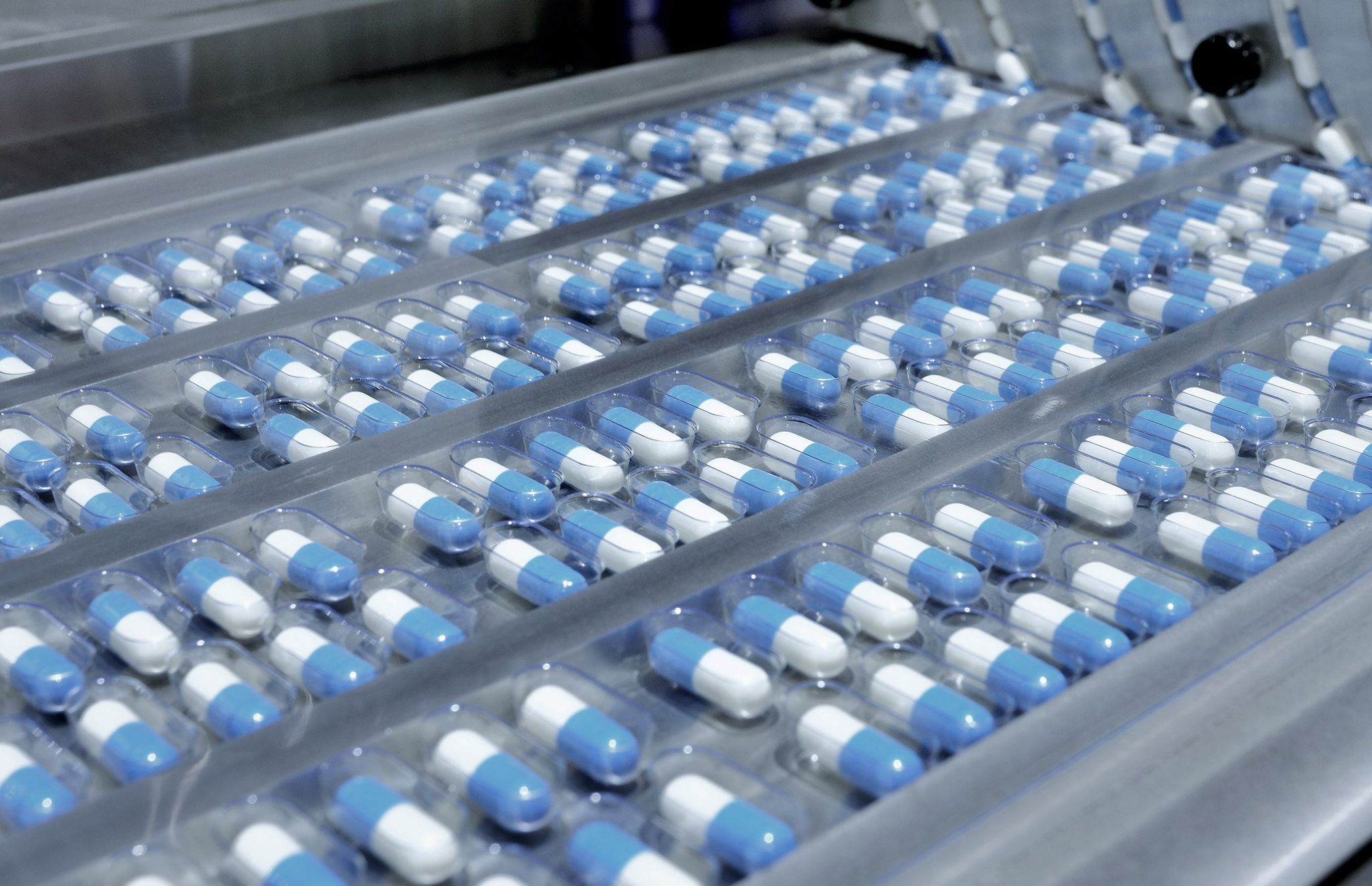
On December 13, 2016, President Obama signed the 21st Century Cures Act (H.R. 34) into law. The act's 312 pages contain a variety of provisions, including nearly $5 billion in funding for scientific research, $1 billion in funding to fight the opioid crisis, and $500 million in U.S. Food and Drug Administration (FDA) funding. The act also contains provisions that we believe will positively impact drug and medical device manufacturers. This Wilson Sonsini Alert addresses select provisions of the act.
Drug Development
Sections 3001-3004 of the act encourage the collection and incorporation of patient experience data1in the drug development process. Specifically, the act requires the FDA to issue guidance on the collection of patient experience data and the use of patient experience data in drug development. Thus, patient experience data will likely take on a more prominent role in the drug development and approval process.
Section 3022 of the act requires the FDA to establish a program and issue guidance on the use of real-world evidence in support of regulatory decision making for: 1) a new indication for a previously approved drug (e.g., via a 505(b)(2) application), and 2) supporting or satisfying post-approval (e.g., phase IV) study requirements (e.g., in cases of accelerated approval2). The act defines "real-world evidence" to mean "data regarding the usage, or the potential benefits or risks, of a drug derived from sources other than randomized clinical trials." Sources of real-world evidence can include ongoing safety surveillance, observational studies, registries, claims, and patient-centered outcomes of research activities.
Many new drug applications (NDAs) for a new use of a previously FDA-approved drug are submitted via the 505(b)(2) route.3The number of 505(b)(2) application submissions and approvals has increased in the last few years. Clarity on how real-world evidence can be useful in supporting approval of a 505(b)(2) application, or for satisfying phase IV clinical study requirements, should be very beneficial to drug sponsors.
Section 3021 of the act requires the FDA to issue guidance on how complex adaptive clinical trial designs can be used to satisfy the FDA's substantial evidence standard for new drug approval and new biologic licensing.
Adaptive features include clinical trial design changes and outcomes analyses changes. These changes are typically informed by accumulated clinical trial data at an interim time point. While the FDA previously issued guidance in this area, drug developers should welcome this anticipated new guidance aimed at modernizing the clinical trial process. The guidance arising from these provisions may result in smaller clinical trials and more drug approvals.
Medical Device Development
Section 3051 of the act creates priority review for breakthrough designated4medical devices, which should be a welcome development for medical device manufacturers. A similar breakthrough designation and associated priority review program already exists for new drugs. To qualify, a medical device must (1) provide for more effective treatment or diagnosis5of a life-threating or irreversibly debilitating human disease or condition and (2) represent a breakthrough technology: (a) for which no approved or cleared alternatives6exist; (b) that offers significant advantages over existing approved or cleared alternatives;7or (c) where the availability of the device is in the best interests of patients. These qualification criteria give the FDA significant latitude in assigning breakthrough designation.
Breakthrough designation comes with a variety of benefits, including assigning an experienced FDA team to the review, providing for team oversight by senior agency personnel, adopting efficient processes for timely dispute resolution, and providing for timely, interactive communication with the FDA during device development and review. Section 3051 constitutes a big win for medical device manufacturers and should result in more innovative medical devices getting to market sooner.
Section 3058 of the act requires the FDA to train reviewers on the meaning and implementation of the "least burdensome approach" for evaluating device substantial equivalence or effectiveness when reviewing 510(k) and pre-market approval (PMA) applications. Importantly, this provision is intended to address the device industry's long-held belief that the FDA's Device Center does not comply with this statutory provision. By statute, the FDA must review only the data necessary to make a determination of substantial equivalence or device effectiveness, and to determine the "least burdensome means" of establishing substantial equivalence or effectiveness. While these changes should generally be welcomed by medical device manufacturers, they may be especially enticing to companion diagnostic device developers. The FDA regulates companion diagnostics8as medical devices. Companion diagnostics are central to precision medicine. Because precision medicine is the future of medicine, and many companion diagnostics are classified as Class III medical devices requiring PMA approval, this provision of the act should also have a positive impact on the development of companion diagnostics and precision medicine. This provision could also help to mitigate the expected eventual increase in FDA regulation of high-risk category laboratory-developed tests.
Other changes in the act include: expanding the humanitarian device exemption (HDE) to devices that treat or diagnose a disease that affects no more than 8,000 individuals in the U.S.,9clarifying which types of digital health applications or software fall within the definition of "medical device" and are subject to regulation,10requiring that the FDA must periodically publish in the Federal Register a list of the types of Class I and II devices that are exempt from 510(k) pre-market approval,11and allowing the use of a centralized institutional review board (IRB) for multicenter clinical trials.12
The act provides many benefits to drug and medical device developers, which should help increase the speed of bringing new products to market. For questions about the act or any FDA-related issue, please contact David Hoffmeister or any member of the FDA regulatory practice at Wilson Sonsini.
Contributors
- Privacy Policy
- Terms of Use
- Accessibility
